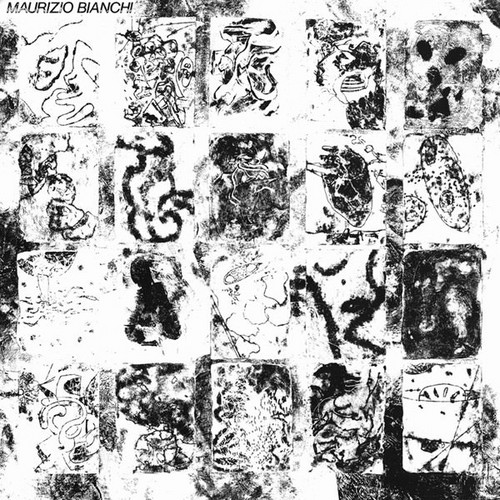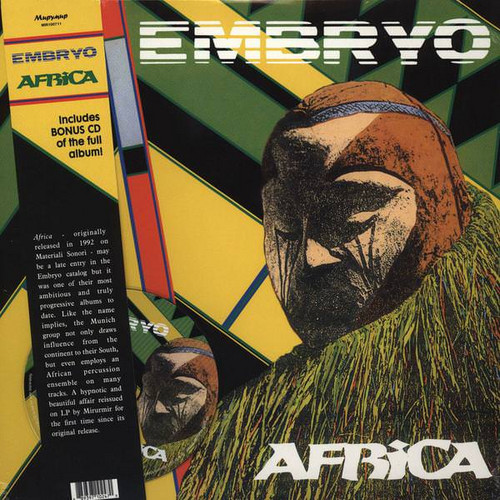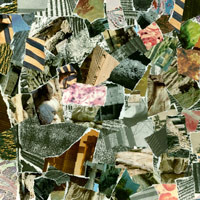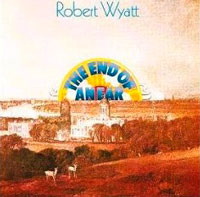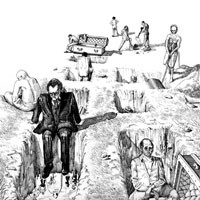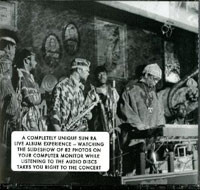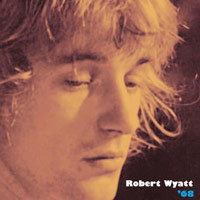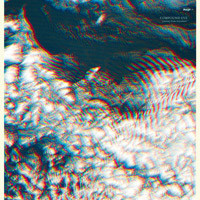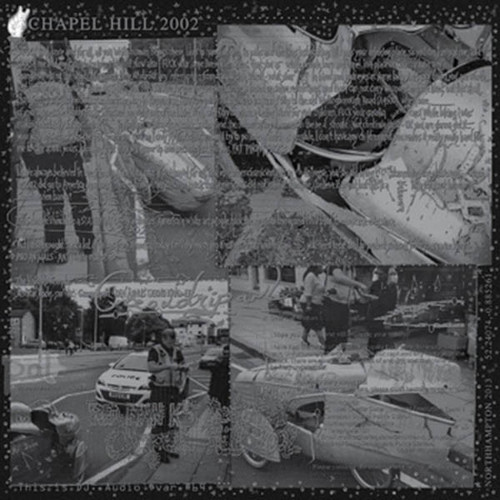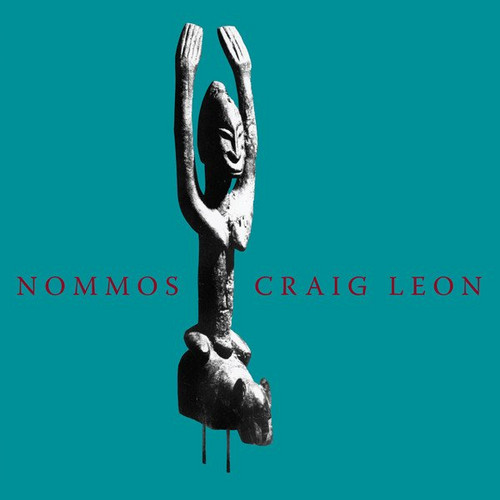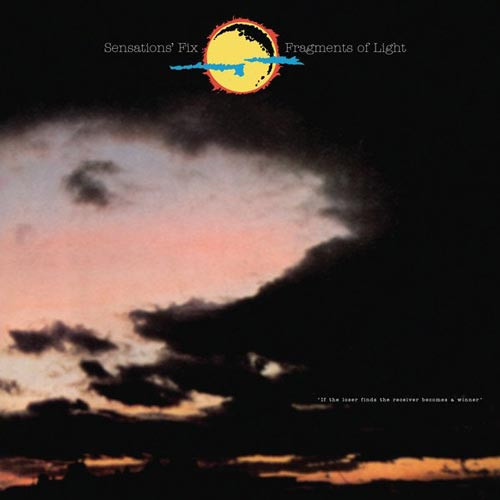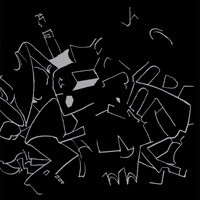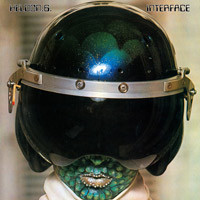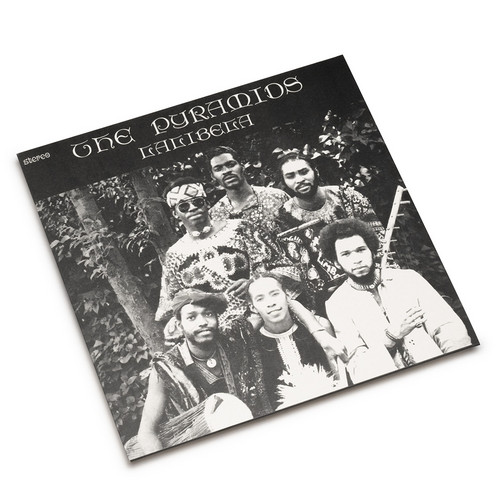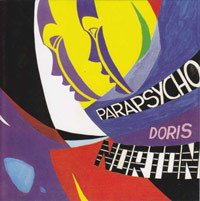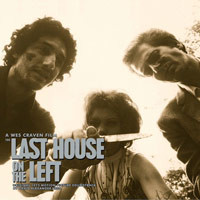Reissues
Mectpyo Bakterium
Mectypo Bakterium is a work furnished of implacable plastic exasperation. The icy oppression, the hallucinatory electronic wounds, are a precious and singular fact in a technological society brought to the limit. The emotion is pushed into dangerous zones, and unusual tensions free biological groans of extreme effectiveness. A vivid expression of a world in extinction. Near exact replica of this classic Maurizio Bianchi LP published by DYS in the USA in 1982."An other awesome, bizarre, ultra-opp…
Africa
Africa, originally released in 1992 on Materiali Sonori, may be a late entry in the Embryo catalog but it is one of their most ambitious and truly progressive albums to date. As the name implies, the Munich group not only draws influence from the continent to their south, but also employs an African percussion ensemble on many tracks. A hypnotic and beautiful affair reissued for the first time since its original release. Presented on LP with CD included.
Industrial tape
Feathered Coyote is very proud to present this re-issue of Maurizio Bianchi's "Industrial Tape", originally self-released in 1980. Four tracks of explorations on analog synth, moving between eerie soundscapes that wouldn't sound out of place in a late 70s/early 80s horror movie, repetitive rhythmic structures and barrages of noise.
The End Of An Ear
New remastered edition of the classic debut solo album by Robert Wyatt, released in 1970. Esoteric Recordings are pleased to announce a newly remastered edition of the legendary debut solo album by Robert Wyatt. Recorded in August 1970 whilst Wyatt was still a member of SOFT MACHINE, his first solo outing was a blend of Jazz and Experimental music that he had pioneered on his composition ‘Moon in June’ on Soft Machine’s "Third” album. The sessions for "The end of an ear” saw Robert Wyatt joined …
Chance of rain
A cerebral exploration of the intersection between rhythmic and ambient music, drawing together ideas of movement and stillness, psychedelia and presence of mind. On Chance Of Rain dance tracks are imbued with unpredictable structures, ambient drift and deep harmonic passages, while keyboard-based interludes reinforce both the far-out and contemplative aspects of the record as a whole.” The tracks on the album are apparently fleshed out versions of live hardware improvisations, a move not unknow…
Live at the Red Garter 1970
his latest Transparency release brings an early July 1970 concert to our attention. "Live At The Red Garter" (later 'The Bottom Line' / New York City) doesn't offer the best sound quality, but it does give a glimpse of an exceptional version of the Arkestra: Sun Ra, Kwame Hadi, Akh Tal Ebah, Marshall Allen, Danny Davis, John Gilmore, Pat Patrick, Danny Ray Thompson, Eloe Emoe, Alan Silva, Alex Blake and a handful of unidentified percussionists...
'68
For over 45 years, Robert Wyatt has been a major, creative force in music, having had a major impact on the beginnings of both psychedelic rock and jazz/rock in the UK with Soft Machine, to his eventual long solo career as a unique singer/songwriter. In September, 1968, the Soft Machine had just finished their second, exhaustive tour of the USA supporting the Jimi Hendrix Experience. At the conclusion of the tour, vocalist/drummer/multi-instrumentalist Robert stayed, working on recordings in Ho…
Journey from Anywhere
Compound Eye is Drew McDowall (formerly of Coil) and Tres Warren (Psychic Ills and Messages). Journey from Anywhere is their second album release following Origin of Silence, an art edition LP on The Spring Press label. This double LP features four sides of improvised electronics that lead the listener into the dark recesses of the duo's subterranean explorations. Each of these works move at a slow and considered pace, gradually unfolding into a transportative blur of dark psychedelic minim…
Red Man K's Bedrifter
In 2001, Peter Rehberg (then of Mego) asked Parl Kristian Bjørn Vester aka Goodiepal if he would be interested in doing something for the label. Despite meeting on numerous occasions at various events and happenings around Europe, nothing was delivered. One hot August day in 2013, a large package arrived containing lacquers for a double vinyl LP. Here it was: the Goodiepal Mego album delivered as lacquers and not a WeTransfer link. The lacquers were sent to plant and made into test-p…
Nommos
Restocked! First appearing incongruously on John Fahey's Takoma label in 1981, Nommos remains enshrouded in impenetrable mystery – from its understated artwork to the rich assemblage of analog synths contained inside. According to Head Heritage, Nommos is the "missing link between the proto-industrial rhythm and drone of Suicide and the whole minimalist drone / static / repetition method of Terry Riley and La Monte Young." Best known as a producer, CRAIG LEON worked on landmark debuts from SUICI…
Fragments Of Light
Facsimile reissue of Franco Falsini's stellar debut album of proggy krautrock "Sensations' Fix guitarist, keyboardist and occasional vocalist Franco Falsini cut his teeth with Italian groups in the '60s before assimilating the heady guitar virtuosity of English rock. In 1969, he moved to Virginia and built a recording studio in his girlfriend's basement, employing little more than his guitar, the newly available Minimoog synthesizer and a 4-track machine. These raw tracks, intended to be simple …
Old News 9
Jim O'Rourke's Old News series continues with this, the ninth installment. This new release is unique in the series in that it is the first to feature an all-new composition. The work here showcases the kind of experimental concrete drift which O'Rourke has been exploring for a number of years, resulting in a magical blend of musical abstraction. With the measured hand and alchemical technique of a François Bayle classic, Jim has us spellbound with A-side, transmuting spectral whistles in…
Interface
Awesome, monolithic slab of metal machine music from 1977, France, Paris...Heldon! A prog/early electronic holy grail replete with breathtaking and far-out Heldon's most crystalline work, building to the epic crescendo of the title track. Many fans consider this to be their masterpiece, but more importantly, Interface is a record that will continue to unfold for centuries to come. Richard Pinhas is an artistic iconoclast. A French intellectual as likely to collaborate with MAGMA as the radica…
King Of Kings
The Pyramids' psychedelic Afro-jazz masterpiece finally lands thanks to Disko B. Originally cut in 1975 before they disbanded, 'Birth/Speed/Merging' marks a highpoint of the group's production values and was their last recording together. Since then the LP's achieved cult status for its celebratory fusion of carnivalesque groove with Sun-Ra-like cosmic vibes and progressive values; a worldly and entirely enchanting sound blessed with a real tangible sorta magic. The one to check is 'Black Man An…
Birth/Speed/Merging
The Pyramids' psychedelic Afro-jazz masterpiece finally lands thanks to Disko B. Originally cut in 1975 before they disbanded, 'Birth/Speed/Merging' marks a highpoint of the group's production values and was their last recording together. Since then the LP's achieved cult status for its celebratory fusion of carnivalesque groove with Sun-Ra-like cosmic vibes and progressive values; a worldly and entirely enchanting sound blessed with a real tangible sorta magic. The one to check is 'Black Man An…
Lalibela
Founded 40 years ago in 1972 The Pyramids released three albums before splitting up in 1977: Lalibela (1973), King Of Kings (1974) followed by the seminal Birth/Speed/Merging LP (1976). Three albums that made them one of the most mysterious and legendary of all the spiritual cosmic jazz collectives of the early 70s, like the Art Ensemble of Chicago and Sun Ra. Lalibela (1973) was the first album recorded by The Pyramids following their landmark journey throughout Africa as students from Antioch …
Otherworldy
Founded 40 years ago in 1972 “Otherworldlyâ€Â is the first Pyramids’ album in over 35 years. They released three albums before splitting up in 1977 – albums that made them one of the most mysterious and legendary of all the spiritual cosmic jazz collectives of the early 70s. Reunion? Re-Incarnation!!!
 The new album contains 14 never before released tracks. The Pyramids’ signature sound is still percussion driven, no surprise with Nash and Speller being two of the mo…
Parapsycho
Doris Norton, founder member and keyboardist of the esoteric legends Jacula and Antonius Rex, was a pioneer in the early electronic/computer music. She began her musical carrer playing avant-garde and progressive music using synthesizers such as Roland System 700, Roland system 100M and Minimoog (Jacula, Antonius Rex). In december 1980 she recorded, at the Fontana Studio 7 (Milan), her first solo album entitled "Under Ground" (Musik Research). Sponsored by Apple computer and the Roland Corporati…
Central Unit
Back together a few years ago, after a silence that lasted about 20 years, Central Unit were a unique case in the Italian scene of the ‘80s. Coming from Bologna and active during the years of the so-called 'post-new wave', the group did not take long to get noticed by the press and television, due to the release of the EP debut "Loving Machinery" and a self-titled LP. Since the beginning it was clear that Central Unit would not settle on the small Italian scene, given the internatio…
The last house on the left O.S.T.
Born in 1936 in New York City, David Hess began his career when he recorded the original version of the Otis Blackwell composition "All Shook Up" under the stage name Dave Hill in 1956. The song became a Number 1 hit for Elvis Presley a year later and Hess became a songwriter at Shalimar Music. David went on to compose "Start Movin'" for Sal Mineo and "Rockin' Shoes" for the Ames Brothers. He continued to write songs for Elvis throughout the '50s and '60s, (including the Presley hit "I Got Stung…
